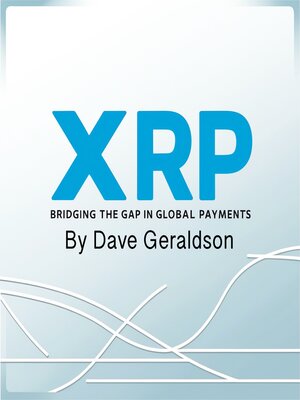
Sign up to save your library
With an OverDrive account, you can save your favorite libraries for at-a-glance information about availability. Find out more about OverDrive accounts.
Find this title in Libby, the library reading app by OverDrive.



Search for a digital library with this title
Title found at these libraries:
| Library Name | Distance |
|---|---|
| Loading... |
This audiobook is narrated by a digital voice.
In the labyrinthine world of international finance, where a simple cross-border payment can take days to settle and cost dozens of dollars in fees, a group of technologists in San Francisco began contemplating a radical reimagining of how money moves around the globe. The year was 2012, and while Bitcoin had demonstrated the potential of digital currencies to bypass traditional financial intermediaries, its energy-intensive mining process and volatile price made it unsuitable for the institutional money movement that underpinned global commerce.
Chris Larsen and Jed McCaleb, the co-founders of what would become Ripple, recognized that the fundamental architecture of international payments had remained largely unchanged since the 1970s. The SWIFT network, developed in that decade, still served as the primary communication layer for cross-border transactions, but it was merely a messaging system that required correspondent banking relationships and multiple intermediaries to actually move funds. This antiquated system created unnecessary delays, costs, and risks that particularly burdened emerging markets and underbanked populations.
The genesis of XRP emerged from a desire to create a digital asset specifically optimized for financial institutions and payment service providers. Unlike Bitcoin, which positioned itself as an alternative to traditional money, XRP was conceived as a bridge currency that could enhance existing financial infrastructure while providing unprecedented speed and cost efficiency. This institutional focus would define both XRP's greatest strengths and its most significant regulatory challenges.







